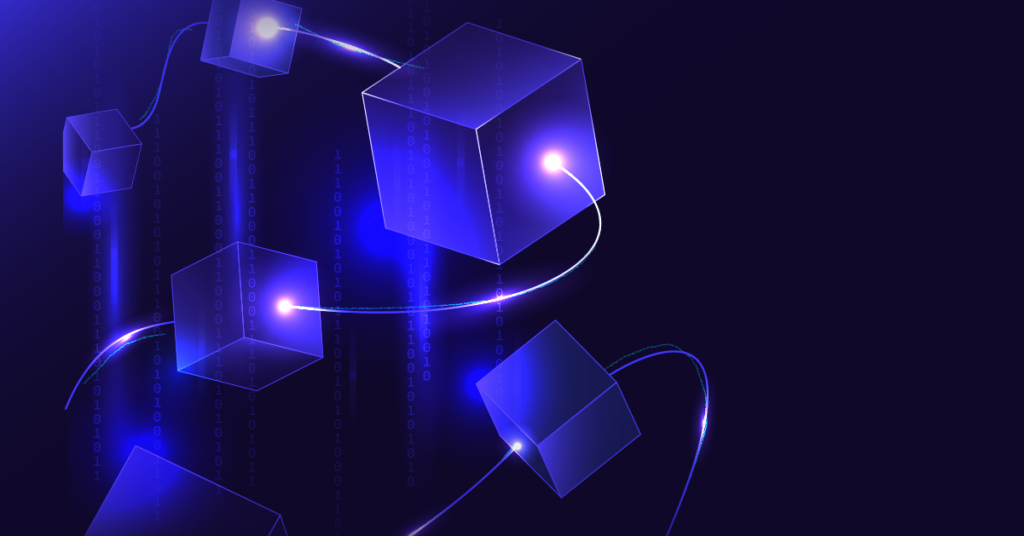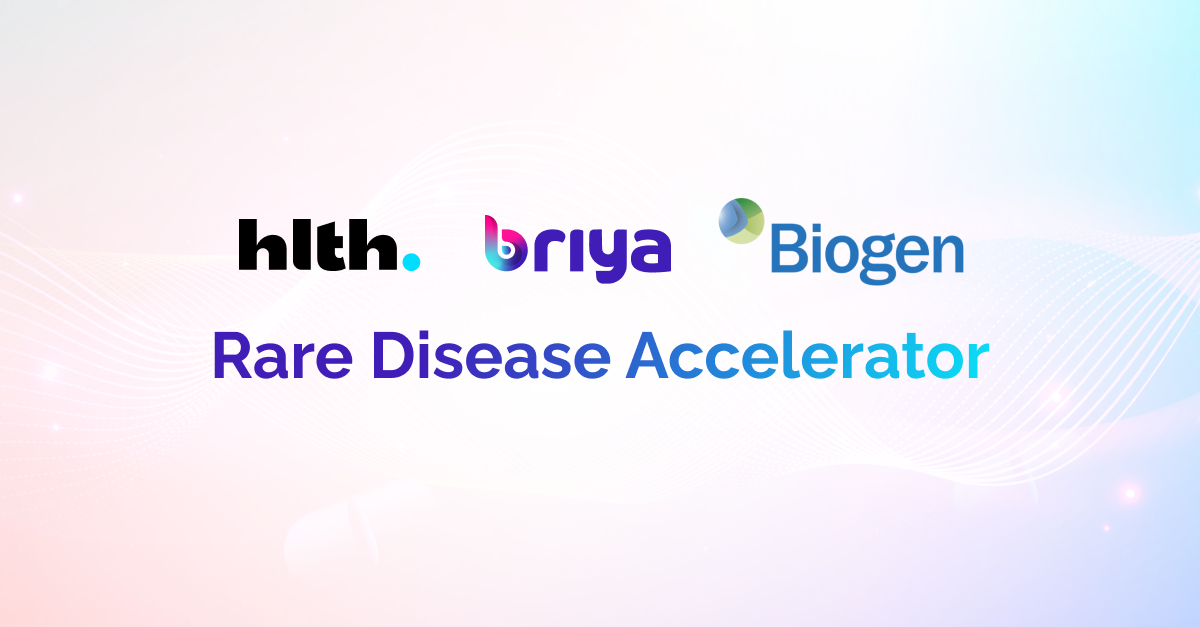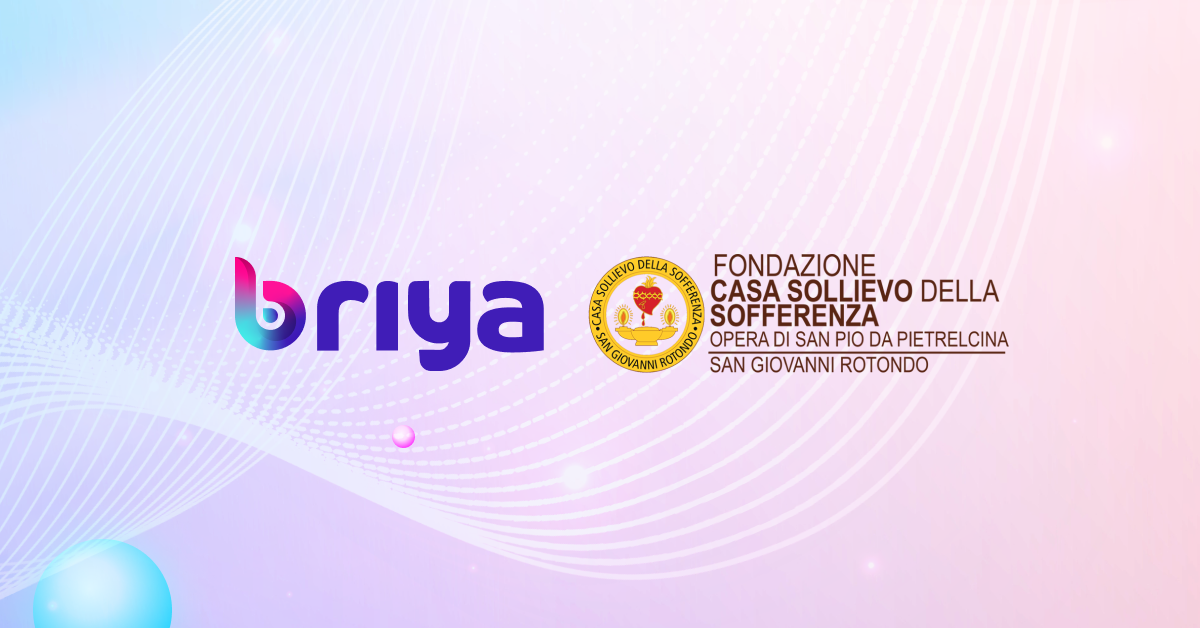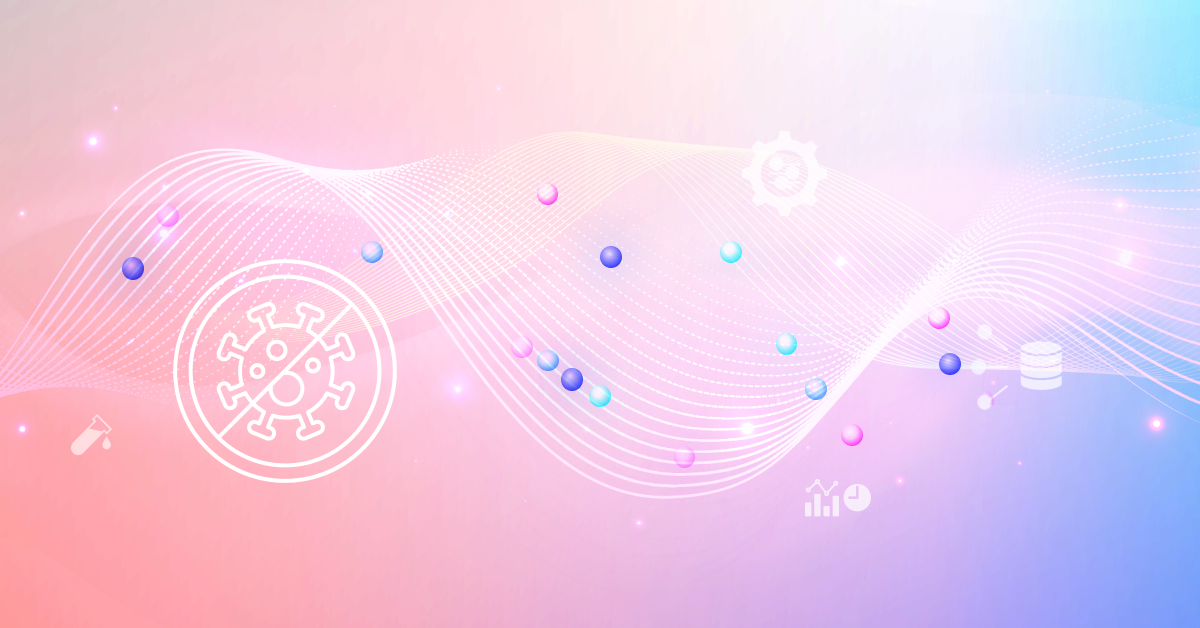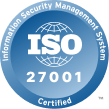Data is the bread and butter of the digital health industry.
Researchers and caregivers must be able to access high quality and up-to-date information securely. This is key to accelerating time to medicine, developing new treatments and providing better care.
But where does this information come from? The truth is that patient data is scattered across multiple locations and there is no one central database that conveniently stores it all in one place. There is a very good reason for this – healthcare records contain highly sensitive information, including details of our personal lives, ailments, and habits. While pooling our data together into central systems might seem efficient, it poses severe risks to data privacy and security.
So how, despite these challenges, can we still piece together all the medical data we need without resorting to centralized solutions? The answer lies in decentralization.
Decentralization is a powerful tool that can allow us to access fragmented data efficiently and securely. This is made possible by blockchain technology.
A blockchain is a decentralized system that generates and stores data records. It maintains a digital ledger of connected “blocks” of information that represent how data is shared, changed, or accessed. In the ledgers supporting Smart Contracts, or in any decentralized autonomous organization (DAO), rules guiding the transactions or data transfers across peers are automatically enforced.
Plus, the cryptography of the blockchain environment can validate that data is kept appropriately at the source, and no details that are not allowed are ever exposed. HIPAA is upheld and auditing is easy.
Decentralized applications (DApps) can exchange medical data without having to unify databases through a central authority. Every supplier of medical data keeps data at the source and shares only anonymized, compliant data on demand. The sole access point would be the query.
The end result is a new level of data quality that is unprecedented in the field of healthcare data. We call it the “holy grail” of data: longitudinal, linked, and live.
DApps release digital health researchers from the long and arduous process of acquiring specific datasets and trying to unify them. Offloading such a massive burden frees research to focus more intently on their main efforts, saving lives. At the same time, data providers, such as care facilities and hospitals, have more options when it comes to sharing and monetizing data, without the need to dedicate efforts in enforcing compliance.
Removing data sharing barriers through blockchain is particularly exciting given the vast gold mine of information being collected by a booming digital health industry, through patient monitoring systems, drug discovery, telemedicine and mobile health, along with digital devices such as smartphones step counters.
Digital health companies can use health data to implement artificial intelligence (AI) and machine learning (ML) models and algorithms. Medical data can help us track epidemics, discover new drugs, improve diagnostics, promote prevention and advance medical research – the applications are almost endless. And, the cost for treatments could go down because data may become less expensive.
But the main benefit is faster time to medicine. That’s what will change the most lives.
It all comes down to letting go of the idea that central is best. Instead, let’s make data even more decentralized, but linked by blockchain. That will provide the real-time, secure, and quality access that this swiftly moving field needs, and we as a society will be the beneficiaries.
– This content, was originally published on ‘Healthcare IT Today’ by Guy Tish.
